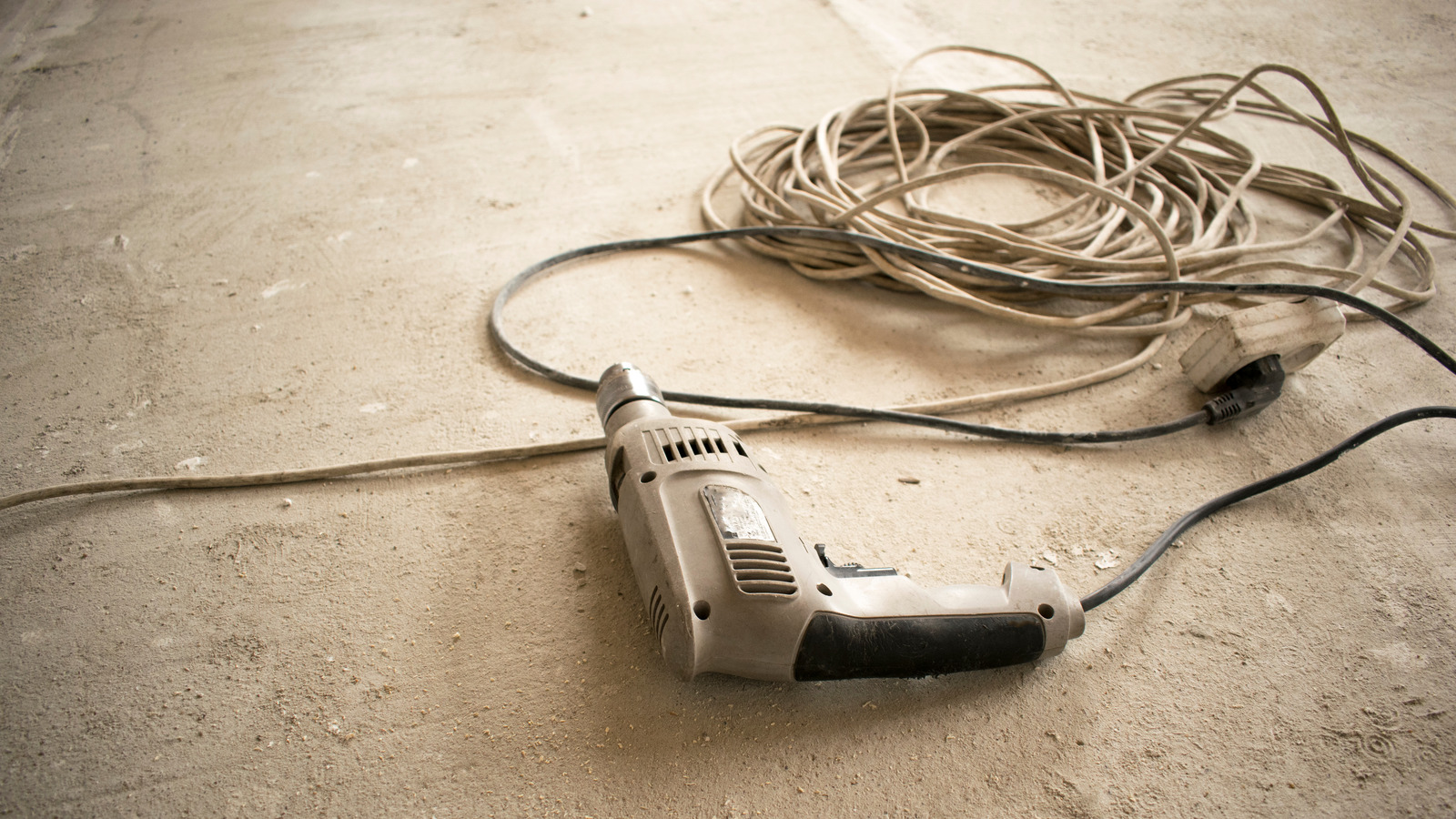
There are several common problems to look out for when inspecting an old tool. The first and most obvious one is signs of outward damage. If the tool’s case is cracked, or a piece of it is clearly damaged, or its plug is pretty beaten up, then it will probably have to be discarded. Bad damage in certain areas can lead to the tool catastrophically failing, and a crack in the tool’s casing could expose moving parts or wiring that is meant to be covered. With the tool in question, the cord should also be checked for signs of wear or damage. An exposed wire or wires could lead to electrocution, or cause a short that could then turn into a fire. Power cords and plugs can be replaced if necessary, so don’t risk using a tool with damaged wiring.
Triggers can be a common, and dangerous, point of failure. This can occur due to decades of grime, or because certain parts are just past their best. If the trigger doesn’t operate smoothly and accurately when the tool is both off and on, then clean or replace it. The trigger is an important safety component as it controls when the tool is moving. Sometimes parts like the trigger, or casing, can be hard to find. But you may be able to buy a used version of the same tool and strip the parts you need from that. This is also a good way to find missing safety guards, which are another component you should check for before using a tool.










